Of the once-strong Doftana Prison, nothing remains today but utter chaos and a destroyed concrete carcass. Its story has its roots deep in Romania’s communist past.
Sometimes referred to as the “Romanian Bastille,” the jailhouse had its foundations laid at the foot of the Carpathian Mountains in Romania’s Prahova County in 1895.
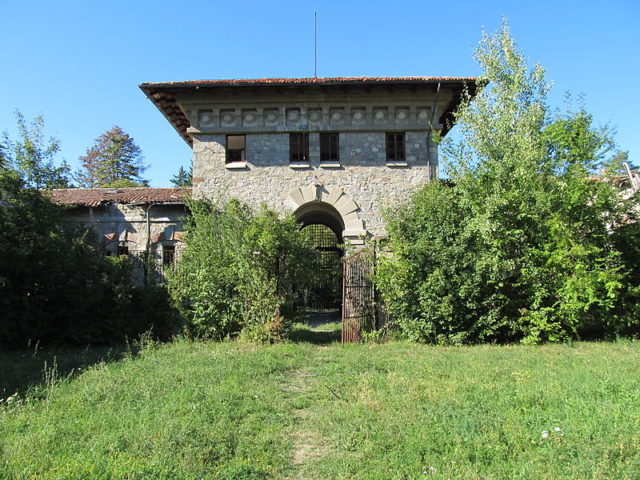
King Carol I gave the order for the complex to be constructed so that workers from the nearby mines could have a safe place where they could stay; it was never constructed to serve as a prison. Once converted, this fortress-prison had eight wings in total and no less than 308 prison cells. The whole complex was separated from the rest of the world by a giant wall.
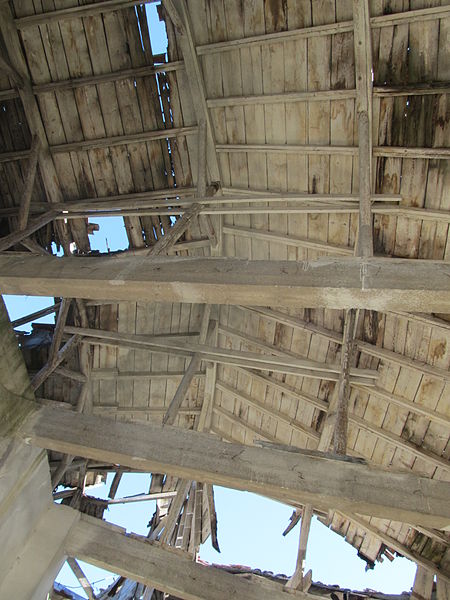
The prison’s main purpose was to house all those who had links with communist propaganda. Amid all those famed prisoners – the likes of which include Gheorghe Apostol, the deputy Prime Minister of Romania; Mihail Gheorghiu Bujor; Max Goldstein; and many others – two inmates stood out from the crowd.
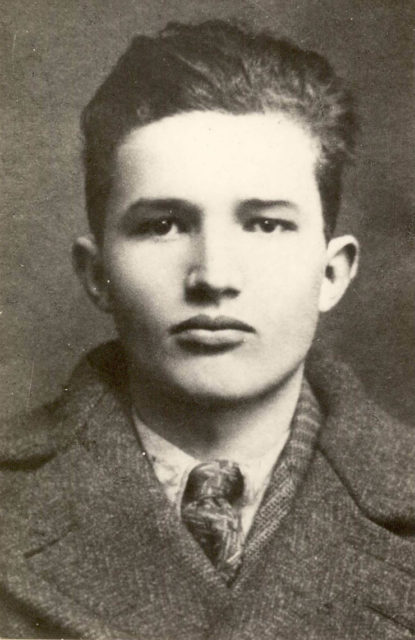
They were Gheorghe Gheorghiu-Dej, the General Secretary of the Romanian Communist Party; and Nicolae Ceaușescu, who succeeded Gheorghiu-Dej to become Romania’s last communist leader. Max Goldstein is equally famed in Romanian history for his involvement in the attack against the Romanian Senate.
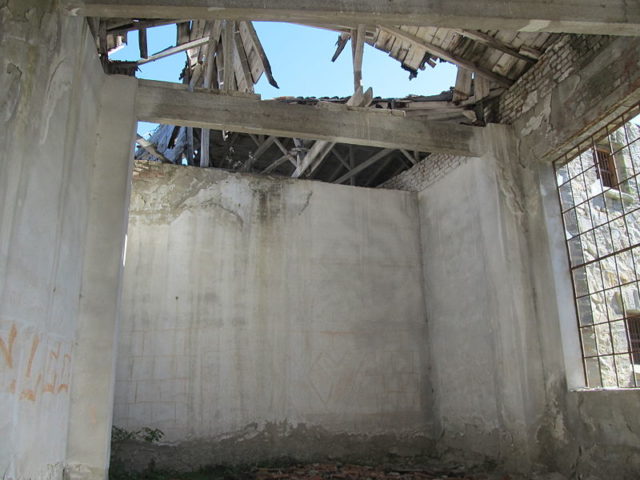
The prison remained strong until the fateful morning of November 10, 1940. That day, Romania was hit by a huge earthquake which caused tremendous damage to the complex.
In the destruction, part of the site was reduced to ruins, and no less than 300 prisoners were killed. Among the dead were important members of the communist movement. The state of the prison and the death of the inmates prompted Gheorghe-Gheorghiu Dej to write a plea for the relocation of the prisoners to a safer facility. Needless to say, the plea was rejected.
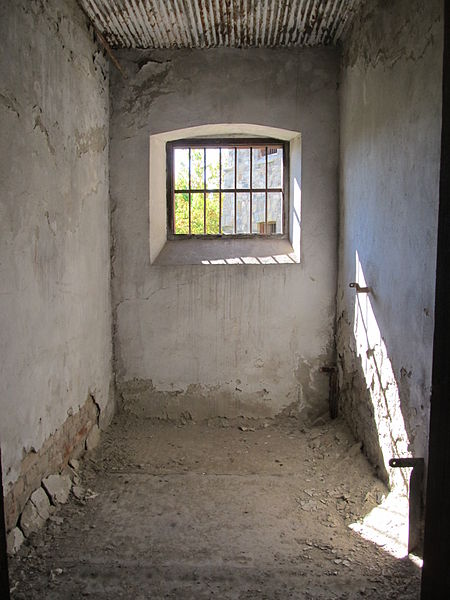
Of the eight blocks, only five were constructed with enough daylight. Three, however, were erected to be as punishing as possible. The infamous H wing was one of these three blocks, and this is where Nicolae Ceaușescu was kept.
According to Republika News, from here, local residents could hear the tortured cries of the inmates — human rights were not regarded as a top priority. The food was always the same meal of watery vegetable soup and polenta.
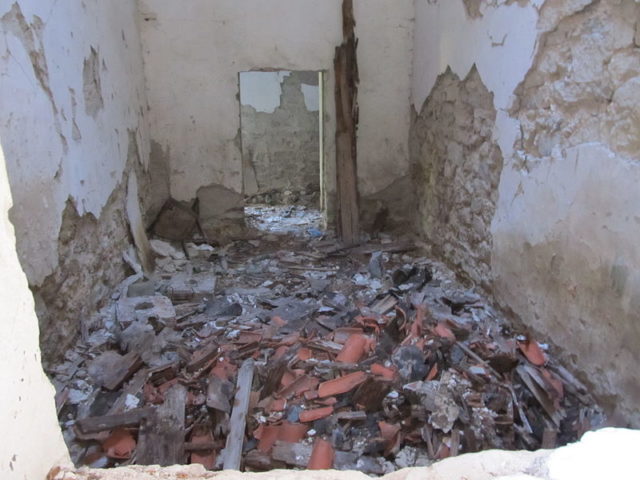
Beatings were often administered, and there were other hard sanctions such as forcing prisoners to stand for hours, barefooted, in ice-cold water. To make things worse, the cells had no beds. Despite all this, nothing could break the spirit of the inmates.
The prison became a hotbed for converting more people to communism and for creating better-educated communist leaders.
People locked up for crimes that had nothing to do with communism spent time with prominent communist leaders and absorbed the teachings of Marx and Lenin. Many began to embrace the communist movement and to proclaim it themselves.
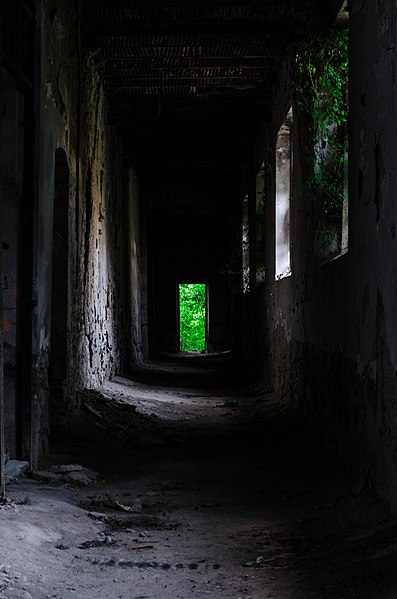
The prison remained in operation until it was shut down in 1949. After it was closed, it was repurposed and converted into a museum, which depicted the horrors of life within its walls and the cruelty with which the prisoners were treated.
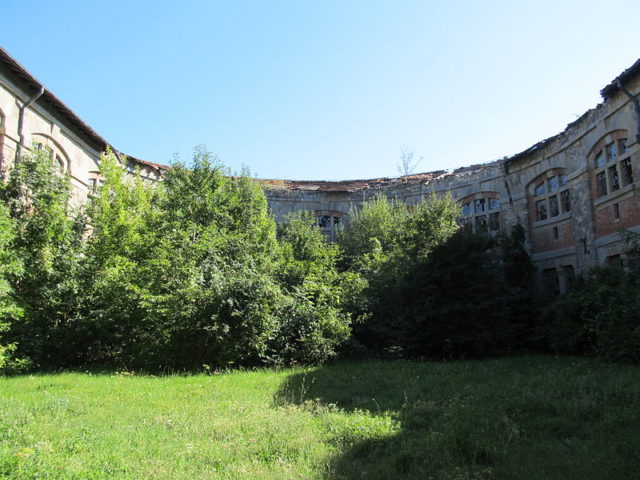
For years, the site served as a place of pilgrimage for the followers of the communist movement, and people visited en masse. With the fall of communism in 1989, the museum was abandoned. Day in and day out, it was left to crumble, alone and forgotten.
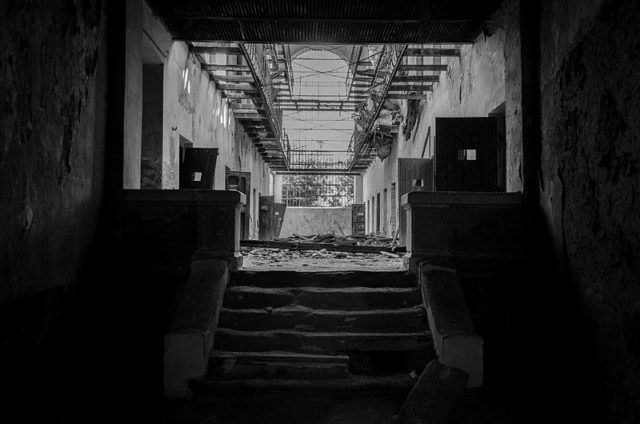
The elements of nature took their toll, and bit by bit the buildings deteriorated. Heavy snowfall in 2011 destroyed most of the roof.
Today, all that is left are grey stones and lifeless ruins, but the story of Doftana prison nonetheless endures.
